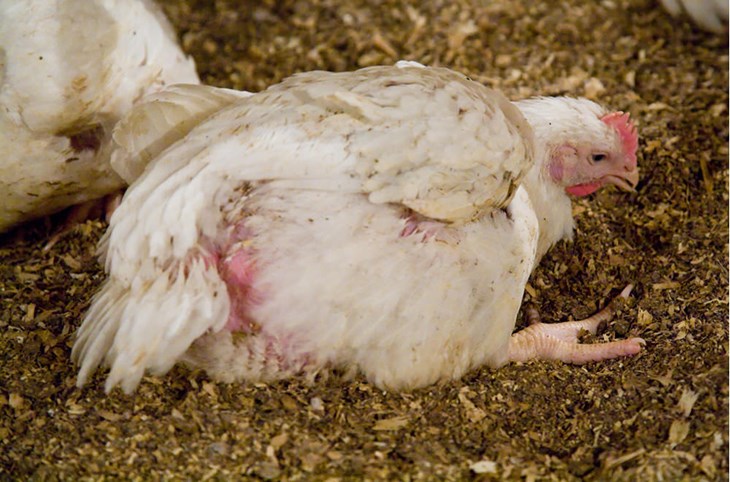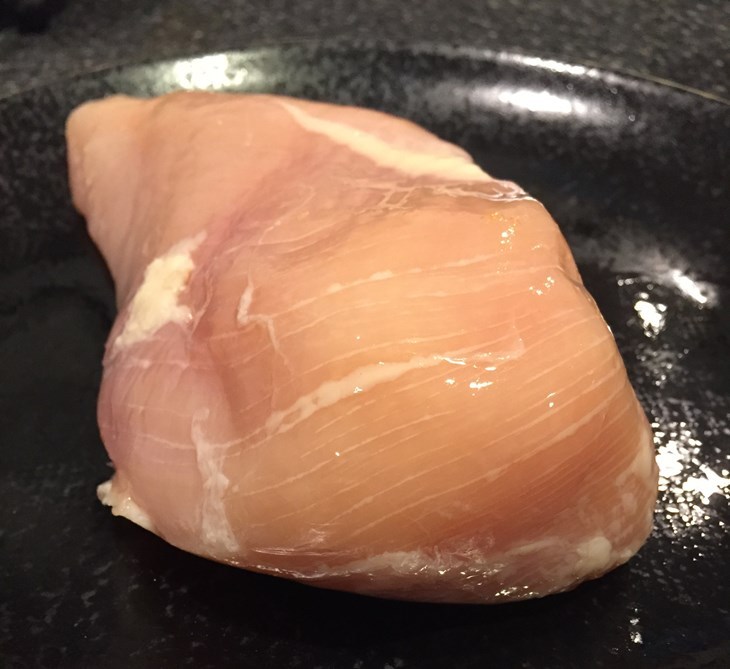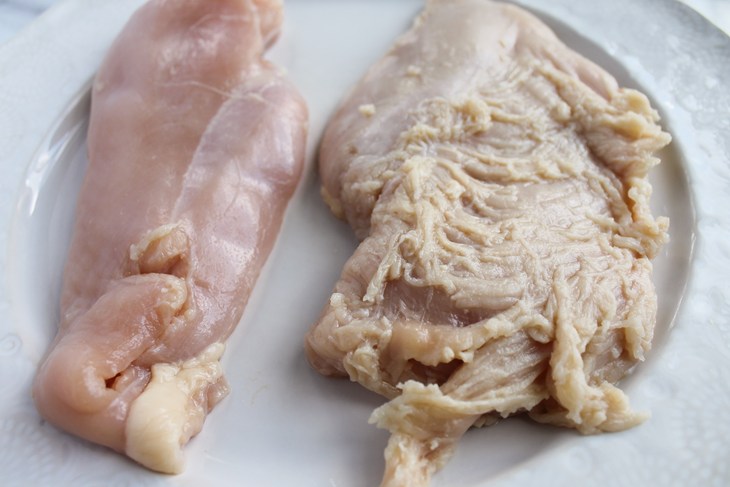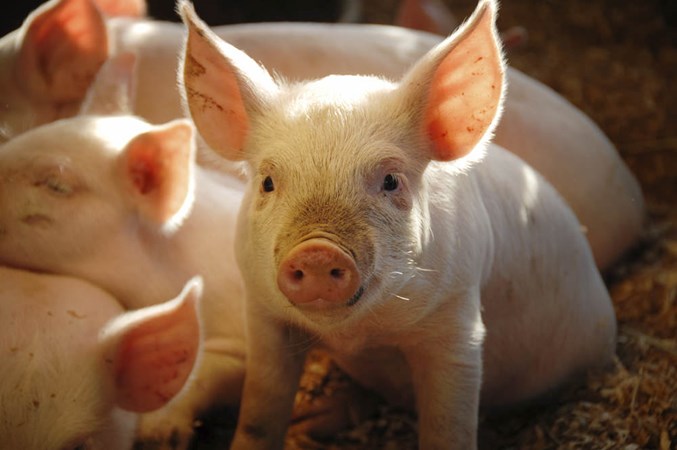By Ryan Robinson
It’s usual to take a walk outside and appreciate all the similar yet different varieties of animals. Even metropolitan areas claim numerous birds, insects, and mammals, hosting an extraordinarily diverse ecosystem. How then does that concept of biodiversity escape us when purchasing meat?
Walking into a grocery store or restaurant offers a stark contrast to the diversity seen in nature. For instance, chickens grown for their meat come from only a handful of breeds that have been heavily selected to grow very large, very quickly. You may be asking, “Does a chicken's breed even matter?” when choosing what to purchase? From an individual welfare perspective, it could not matter more.
Isolating genetic lines of agricultural products for desired traits, otherwise known as selective breeding, can be very advantageous in agriculture. It’s provided us with seedless bananas, larger eggplants than their wild ancestral lineage, and several everyday veggies like broccoli and cauliflower originating from wild mustard plants.
Unfortunately, it’s also a major cause of genetically debilitating traits in today’s most common breeds of chickens grown for meat. The “fast-growing” lines of chicken are selectively bred to produce high-yielding quantities of breast meat. While the concept sounds great, the hidden consequences accompanying fast-growing lineages are at the expense of the chicken itself. Modern breeds have been genetically engineered to produce “appropriate” slaughter weight at just 42 days old, or twice as fast as standard breeds 30 years ago.
Serious welfare concerns
By expediting breast meat growth, a fast-growing chicken’s legs can’t keep up, exhausting them when attempting to walk around or even stand up. Related injuries such as caustic ammonia burning to the legs, commonly known as hock burns, are common in fast-growing breeds unable to stand.
Worse than musculoskeletal deficiencies and lesions, a phenomenon known as "sudden death syndrome” persists within fast-growing broiler chickens. There are no predominant signs of SDS. These chickens will behave as naturally as their environment allows before they abruptly stretch out their necks, gasp or squawk, flip over on their backs, and die within minutes as they flap their wings and kick their legs.

No animal should be grown at the expense of such appalling health problems. Along with an estimated 6 million deaths each year due to fast-growing cardiovascular complications, we must ask ourselves if this is the life we envision for any animal at all.
About chickens
Chickens are complex social animals. They can feel positive and negative emotions, happiness and fear, and can experience pain. Research has shown chickens establish a hierarchy among their flock, can solve complicated problems to access resources that are out of reach, and demonstrate show a level of self-awareness. Chickens engage with each other through squawks, crows, and clucks to convey different messages. They can form close bonds with each other and even humans, as well. In large factory-style farming industries, all these behaviors are lost, and chickens cannot express their intrinsic cognitive abilities.
Effects on meat quality
Animal health is the primary concern of the chickens selectively bred for fast growth and large meat yields. In addition to negative impacts on chicken welfare, this trade-off comes with concerns for both the farmer and the consumer. A decrease in product quality has also been associated with today’s fast-growing chickens. The chicken industry suffers significant financial loss from breast meat conditions (a.k.a. breast meat myopathies) like woody breast, white striping, and spaghetti meat.
Woody breast is an abnormal firmness in the meat that can range in severity and may require trimming or even disposal of the breast if severe enough. This condition results from the breast muscle fibers growing too large, which restricts the access of oxygen and nutrients and results in the death of the muscle tissue. In the US alone, the economic loss tied to woody breast is estimated at a minimum of $200 million annually.
White striping is an irregularity that causes fast-growing connective tissue to outgrow its blood supply and form distinct, white, chewy lines throughout the breast meat. This poorer quality meat yields significantly more fat content, less protein, and is markedly less appealing to consumers.

Spaghetti meat (arguably the more repulsive-looking breast meat myopathy) occurs in fast-growing chicken when the muscle fibers grow too quickly for the supportive tissue to keep up, resulting in stringy breast meat that resembles, well, spaghetti. Sadly, these myopathies have evidenced chronic pain and suffering for the affected chickens even early on in their development.

Foodborne illness
Faster-growing breeds have additionally been found to be more susceptible to diseases like Salmonella compared to their slow-growing peers. Slow-growing chicken bred for higher natural immunity may be more resilient and more quickly clear bacterial infections, such as Salmonella, Campylobacter, and E. coli, which may reduce the approximate 600 million cases of foodborne disease and 420,000 deaths in the US population each year.
What can consumers do?
Considering the inhumane care and conditions, fatigue and burns due to immobility, degradation of product quality, and economic loss, consumers feel driven to choose better. One way to make conscious consumer efforts is to look for appropriate product certification. To date, only products certified as Global Animal Partnership Better Chicken Project and Animal Welfare Approved take breeds with improved welfare outcomes into consideration.
Over 230 companies to date have shown they understand the importance of healthy, high-welfare breeds and have committed to standards ensuring their supply chain only sources responsibly grown chicken. The Better Chicken Commitment (BCC) captures the pledges made by companies in various sectors of the food industry to provide a better life for broiler chickens utilized in stores and restaurants nationwide. In addition to using higher welfare breeds, companies that sign this commitment have also committed to improving the overall quality of the chickens' living conditions by providing better lighting, litter, and enrichment opportunities on farms.
Compassion in World Farming publishes ChickenTrack each year, highlighting companies that publicly report progress on their BCC commitments. In the latest iteration of ChickenTrack, forty-one U.S. companies—ranging from suppliers, retailers, restaurants, and meal kits, publicly reported progress toward the BCC.
Compassion in World Farming aims to end inhumane factory farming practices and remains committed to continuing to make humane, healthy, and high-welfare breeds the new baseline for chickens grown in the United States. To learn more about our work and how you can help improve the lives of broiler chickens raised for meat, visit ciwf.com.


